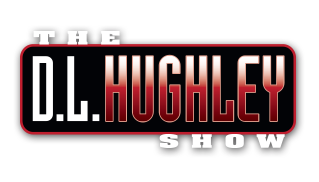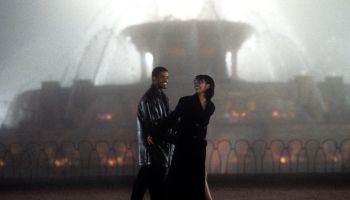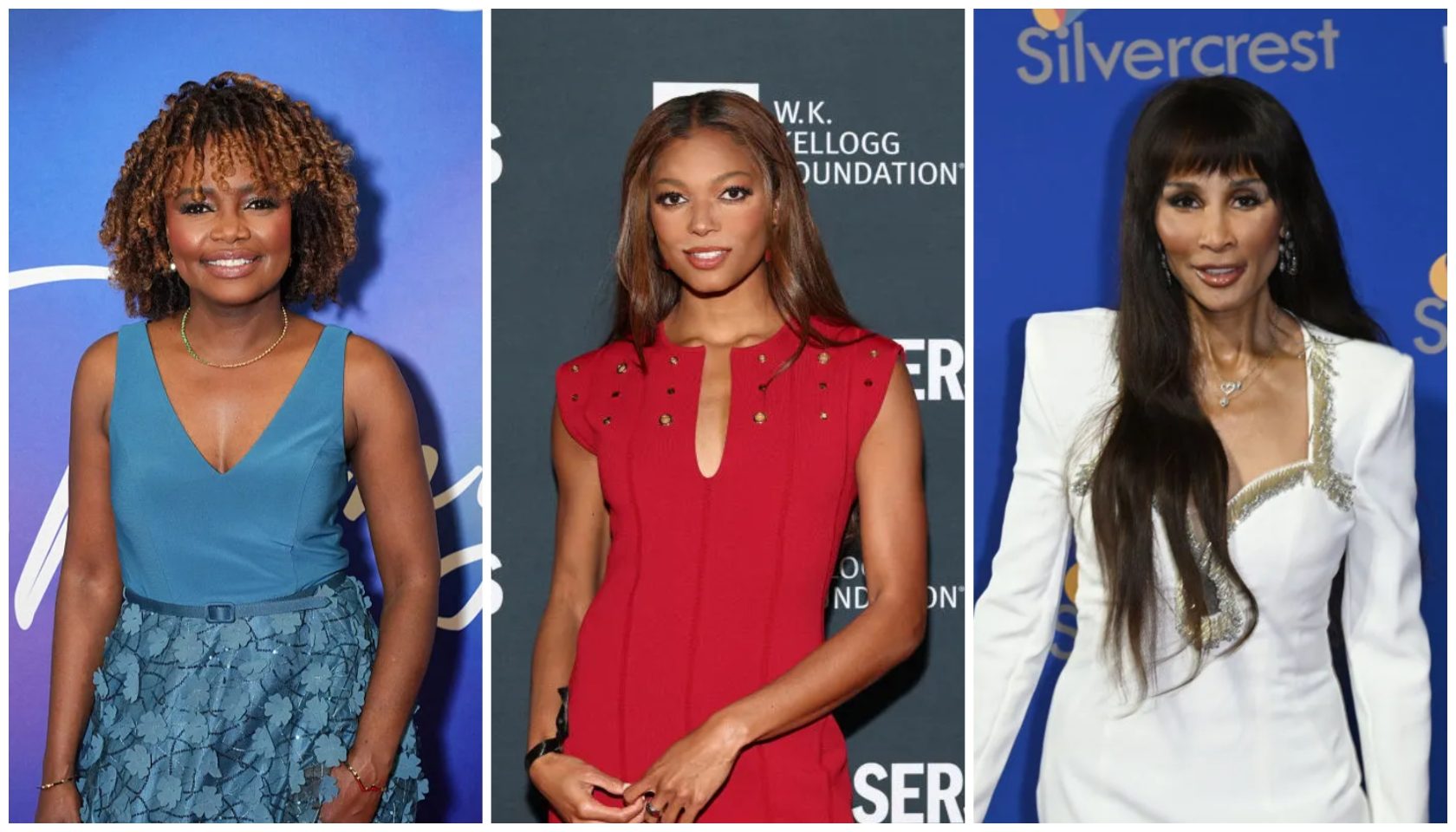The Evolution Of The Durag–A Brief History Lesson
The Evolution Of The Durag
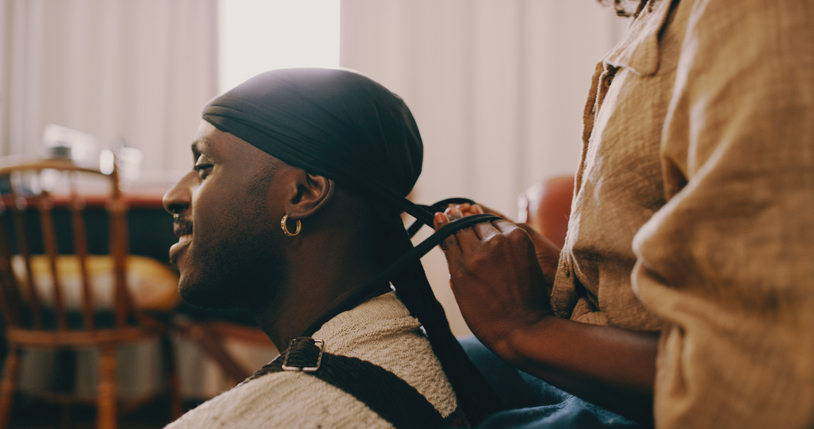
Source: Delmaine Donson / Getty
Whether you spell it, doo-rag or du-rag, the timeless headscarf holds great significance to the Black community. It keeps our waves popping and helps our coily curls stay in place when we lay our heads to rest. The durag works wonders at the gym, helping to mitigate frizz and keep our beautiful tresses out of our eyes. Over the years, hip-hop stars have popularized the durag, turning the protective hair method into a full own fashion statement. Now, you’re probably wondering, who invented the durag and where did it originate from anyway? News-One explains.
Where did the durag originate?
Black folks have been using headscarves for centuries. In fact, the durag can be traced back to the 19th-century Ethiopian soldiers, according to the BBC. Black women would often use a scarf to protect their tresses during intense labor.
Historians say that one of the earliest recordings of the durag appeared in an article published in the Akron Beacon Journal in June 1966. It was described as “a cloth band worn around the forehead as a sweatband to keep hair in place.”
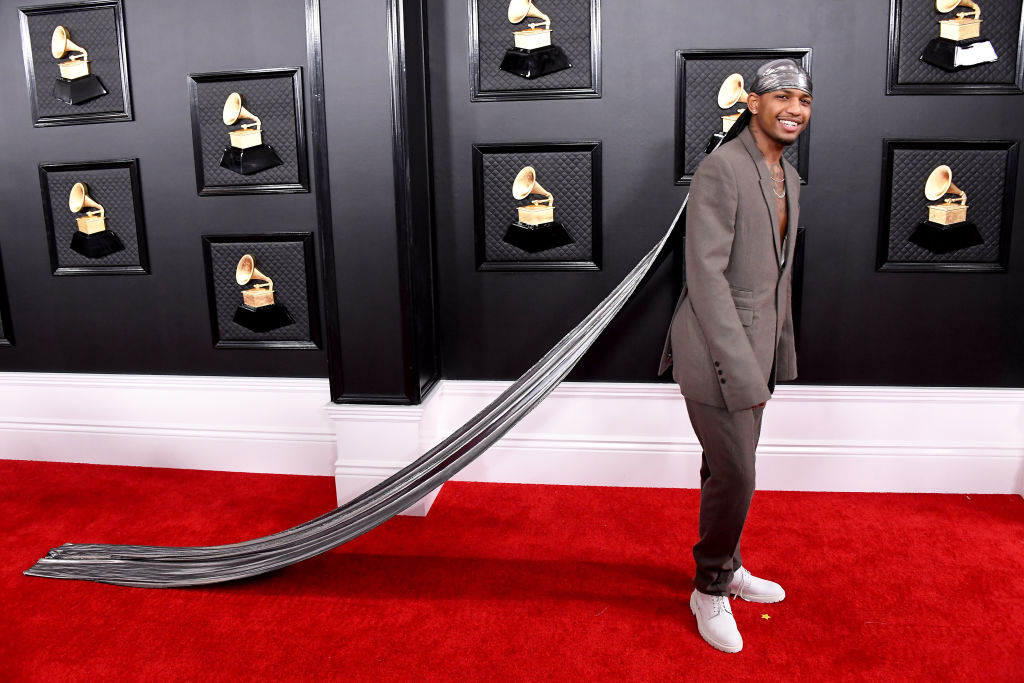
Source: Steve Granitz / Getty
Who invented the durag?
The company So Many Waves claims they were the first to spark the durag phenomena in the late 1970s. Darren Dowdy, the president of the company, told the New York Times that his father William J. Dowdy invented the durag to help Black folks groom their natural coils. Initially, Mr. Dowdy dubbed it the “tie-down.” The company started to sell the precious item in 1979.
“He realized he really wanted to have something to keep the hair in place,” said Darren Dowdy. “The idea was that you didn’t want the hair to revert to its natural, tightly coiled structure after brushing it down. “The tie-down was worn to protect the hair pattern.”
Over time, the durag quickly exploded among Black men in inner-city neighborhoods, helping them to keep their waves swirling. Now, both men and women use it, and the durag can be used to help protect other forms of natural hairstyles like braids, locs, or even wigs. The accessible item typically costs anywhere from $1 to $20 from your neighborhood beauty supply store and depending on your hair care needs, durags come in all kinds of different fabrics like silk, which helps to retain moisture, as well as polyester and mesh.
The durag has become fashionable
In the 1990s and 2000s, the durag became a symbol of hip-hop fashion and streetwear with notable rappers like Jay-Z, Cam’ron, and Nelly, pushing the headpiece to the center of the limelight. Fenty Beauty founder Rihanna made history in 2020, becoming the first star to grace the cover of Vogue in a decadent durag. Some tied their durag to the front, and some fastened the straps to keep them hidden in the back, but one thing is for sure. They looked pretty dang cool sporting it and of course, the durag quickly spiraled into a fashion trend.
Now, some luxury brands are even glamorizing the protective headscarf and charging a whopping price tag for the typically affordable item too. Designer Rick Owens created an all-Black velvet durag for his 2014 Spring and Summer collection that cost shoppers $500. 20-year-old California-based designer Atira Lyons, opened up the first luxury durag shop in Melrose in 2020, selling luxury silk and satin durags to customers.
https://www.instagram.com/p/CZnrXXcLkqa/
There was even a Durag History Week
Believe it or not, Black folks love the durag so much, that at one point, there was a whole week dedicated to celebrating its history. Spearheaded by Vann Newkirk on Twitter in 2015, Black social media users would post pictures of themselves in durags or hilarious photos of celebs and fictional characters rocking the fashionable hair accessory by using the hashtag “DuragHistoryWeek.”
“The durag has a special place in African-American and global black history as a head wrap,” Newkirk told BBC during an interview in 2015. “I’ve always thought it was kind of funny and interesting that something so universal is very well known by some folks but not very known at all by those outside of that [culture]. I was expecting a couple of people to respond – I wasn’t expecting it to become an annual trending topic on Twitter.”
While the fun trend appeared to taper off in 2017, it was still a fun and celebratory way to pay homage to the durag. It also served as an indicator of Black culture’s widespread influence on mainstream culture.
“Things that come out of global black culture become part of the mainstream. Whether white folks are borrowing or appropriating, from Eminem to Steven Seagal there are a lot of layers to that conversation about how cultures bleed over to the mainstream,” Newkirk added.
So there you have it! That’s the history of the durag in a nutshell.
SEE ALSO:
Questions People Ask Google About Black People
The History Of Black People With Blue Eyes
The Evolution Of The Durag was originally published on newsone.com

